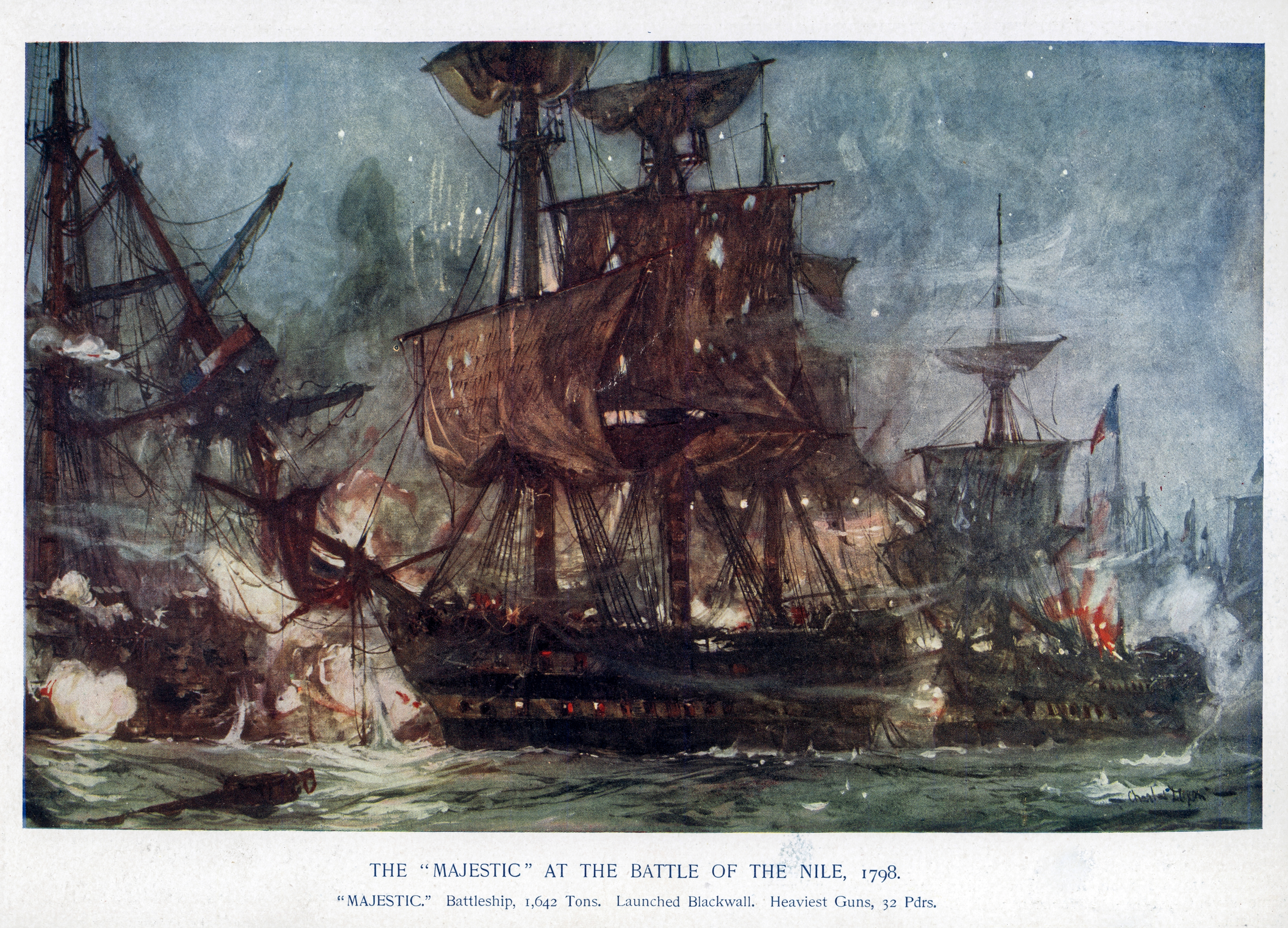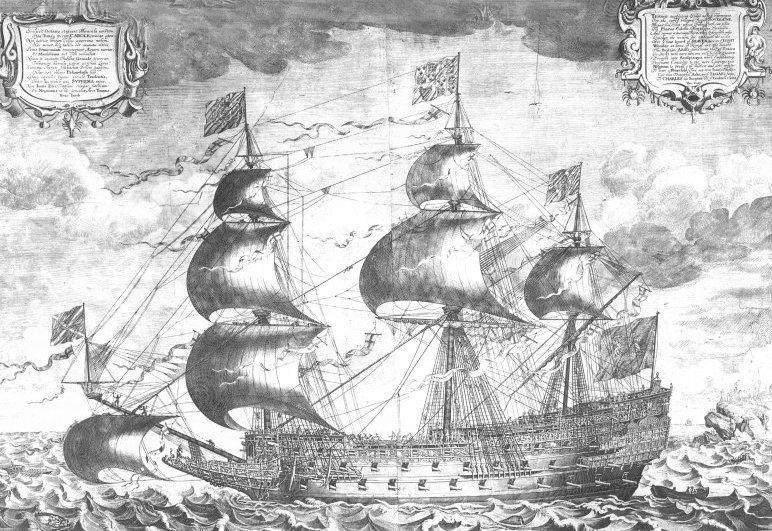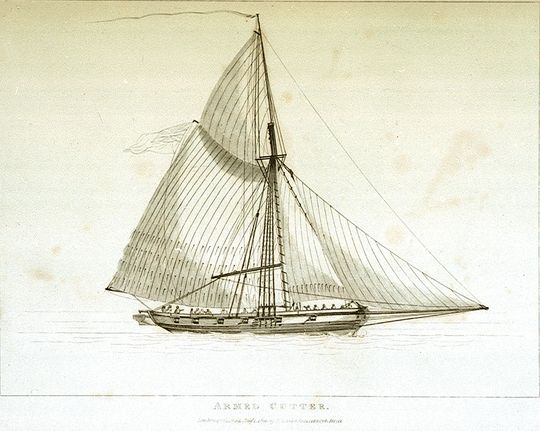|
HMS Majestic (1785)
HMS ''Majestic'' was a 74-gun third-rate ship of the line launched on 11 December 1785 at Deptford. Background ''Majestic'' fought at the 1798 Battle of the Nile, where she engaged the French ships and , helping to force their surrenders. She was captained by George Blagdon Westcott, who was killed in the battle. On 22 February 1799, ''Majestic'' was in sight when , under the command of Captain James Sanders, captured the Spanish 14-gun xebec ''Africa'' some from Marbello on the Spanish coast. Captain Cuthbert, of ''Majestic'', transmitted Sanders's letter, adding his own endorsement extolling "the meritorious Conduct of Captain Sanders and his Ship's Company on the Occasion." ''Espoir'' and ''Majestic'' shared the prize money for the xebec, whose full name was ''Nostra Senora de Africa''. On 4 April, ''Majestic'' and destroyed a French privateer of unknown name. Head money was paid in 1828, almost 30 years later. On 11 November 1804, , together with , ''Majestic'', , ... [...More Info...] [...Related Items...] OR: [Wikipedia] [Google] [Baidu] |
Battle Of The Nile
The Battle of the Nile (also known as the Battle of Aboukir Bay; french: Bataille d'Aboukir) was a major naval battle fought between the British Royal Navy and the Navy of the French Republic at Aboukir Bay on the Mediterranean coast off the Nile Delta of Egypt from the 1st to the 3rd of August 1798. The battle was the climax of a naval campaign that had raged across the Mediterranean during the previous three months, as a large French convoy sailed from Toulon to Alexandria carrying an expeditionary force under General Napoleon Bonaparte. The British fleet was led in the battle by Rear-Admiral Sir Horatio Nelson; they decisively defeated the French under Vice-Admiral François-Paul Brueys d'Aigalliers. Bonaparte sought to invade Egypt as the first step in a campaign against British India, as part of a greater effort to drive Britain out of the French Revolutionary Wars. As Bonaparte's fleet crossed the Mediterranean, it was pursued by a British force under Nelson who had ... [...More Info...] [...Related Items...] OR: [Wikipedia] [Google] [Baidu] |
£sd
£sd (occasionally written Lsd, spoken as "pounds, shillings and pence" or pronounced ) is the popular name for the pre-decimal currencies once common throughout Europe, especially in the British Isles and hence in several countries of the British Empire and subsequently the Commonwealth. The abbreviation originates from the Latin currency denominations '' librae'', ''solidi'', and ''denarii''. In the United Kingdom, these were referred to as '' pounds'', ''shillings'', and '' pence'' (''pence'' being the plural of ''penny''). Although the names originated from popular coins in the classical Roman Empire, their definitions and the ratios between them were introduced and imposed across Western Europe by the Emperor Charlemagne. The £sd system was the standard across much of the European continent (France, Italy, Germany, etc.) for nearly a thousand years, until the decimalisations of the 18th and 19th centuries. As the United Kingdom remained one of the few countries reta ... [...More Info...] [...Related Items...] OR: [Wikipedia] [Google] [Baidu] |
Ships Of The Line Of The Royal Navy
A ship is a large watercraft that travels the world's oceans and other sufficiently deep waterways, carrying cargo or passengers, or in support of specialized missions, such as defense, research, and fishing. Ships are generally distinguished from boats, based on size, shape, load capacity, and purpose. Ships have supported exploration, trade, warfare, migration, colonization, and science. After the 15th century, new crops that had come from and to the Americas via the European seafarers significantly contributed to world population growth. Ship transport is responsible for the largest portion of world commerce. The word ''ship'' has meant, depending on the era and the context, either just a large vessel or specifically a ship-rigged sailing ship with three or more masts, each of which is square-rigged. As of 2016, there were more than 49,000 merchant ships, totaling almost 1.8 billion dead weight tons. Of these 28% were oil tankers, 43% were bulk carriers, and 13% were con ... [...More Info...] [...Related Items...] OR: [Wikipedia] [Google] [Baidu] |
Royal Navy
The Royal Navy (RN) is the United Kingdom's naval warfare force. Although warships were used by English and Scottish kings from the early medieval period, the first major maritime engagements were fought in the Hundred Years' War against France. The modern Royal Navy traces its origins to the early 16th century; the oldest of the UK's armed services, it is consequently known as the Senior Service. From the middle decades of the 17th century, and through the 18th century, the Royal Navy vied with the Dutch Navy and later with the French Navy for maritime supremacy. From the mid 18th century, it was the world's most powerful navy until the Second World War. The Royal Navy played a key part in establishing and defending the British Empire, and four Imperial fortress colonies and a string of imperial bases and coaling stations secured the Royal Navy's ability to assert naval superiority globally. Owing to this historical prominence, it is common, even among non-Britons, to ref ... [...More Info...] [...Related Items...] OR: [Wikipedia] [Google] [Baidu] |
Frigate
A frigate () is a type of warship. In different eras, the roles and capabilities of ships classified as frigates have varied somewhat. The name frigate in the 17th to early 18th centuries was given to any full-rigged ship built for speed and maneuverability, intended to be used in scouting, escort and patrol roles. The term was applied loosely to ships varying greatly in design. In the second quarter of the 18th century, the 'true frigate' was developed in France. This type of vessel was characterised by possessing only one armed deck, with an unarmed deck below it used for berthing the crew. Late in the 19th century (British and French prototypes were constructed in 1858), armoured frigates were developed as powerful ironclad warships, the term frigate was used because of their single gun deck. Later developments in ironclad ships rendered the frigate designation obsolete and the term fell out of favour. During the Second World War the name 'frigate' was reintroduced to des ... [...More Info...] [...Related Items...] OR: [Wikipedia] [Google] [Baidu] |
Fourth-rate
In 1603 all English warships with a compliment of fewer than 160 men were known as 'small ships'. In 1625/26 to establish pay rates for officers a six tier naval ship rating system was introduced.Winfield 2009 These small ships were divided into three tiers, Fourth, Fifth and Sixth rates. Up to the end of the 17th century the number of guns and the compliment size was adjusted until the rating system was actually clarified. A 'Fourth Rate' was nominally a ship of over thirty guns with a complement of 140 men. In the rating system of the Royal Navy used to categorize sailing warships in the 18th century, a fourth-rate was a ship of the line with 46 to 60 guns mounted. They were phased out of ship of the line service during the French Revolutionary and Napoleonic Wars, as their usefulness was declining; though they were still in service, especially on distant stations such as the East Indies. ''Fourth-rates'' took many forms, initially as small two decked warships, later as larg ... [...More Info...] [...Related Items...] OR: [Wikipedia] [Google] [Baidu] |
Razee
A razee or razée is a sailing ship that has been cut down (''razeed'') to reduce the number of decks. The word is derived from the French ''vaisseau rasé'', meaning a razed (in the sense of shaved down) ship. Seventeenth century During the transition from galleons to more frigate-like warships (1600 – 1650) there was a general awareness that the reduction in topweight afforded by the removal of upperworks made ships better sailers; Rear Admiral Sir William Symonds noted after the launch of ''Sovereign of the Seas'' that she was "cut down" and made a safe and fast ship. In 1651 ''Sovereign of the Seas'' was again made more manoeuvrable by reducing the number of cannon. Ships were razeed not only by navies but also by pirates – Charles Johnson's '' A General History of the Robberies and Murders of the most notorious Pyrates''''A General History of the Robberies and Murders of the Most Notorious Pyrates'', Charles Johnson, 1724. (Modern paperback by The Lyons P ... [...More Info...] [...Related Items...] OR: [Wikipedia] [Google] [Baidu] |
Thomas Macnamara Russell
Thomas McNamara Russell (died 22 July 1824) was an admiral in the Royal Navy. Russell's naval career spanned the American Revolutionary War, French Revolutionary War and Napoleonic War. Admiral Russell is best remembered for his command of a squadron in the North Sea when he took possession of Heligoland after Denmark came into the war on the side of the French in 1809. His career was also notable due to the single-ship action fought between the 20-gun HMS ''Hussar'' and the 32-gun French frigate ''Sybille'' in which he captured the French frigate despite her superior number of men and guns. There is controversy surrounding the event in that the capture happened towards the end of the American Revolution and the British officers claimed that the French were flying false colours and a distress flag during the action. Whilst it was common for ships of opposing nations to lure, or escape from, one another with false colours it was considered dishonourable to continue flying false ... [...More Info...] [...Related Items...] OR: [Wikipedia] [Google] [Baidu] |
Hired Armed Lugger Venus
His Majesty's hired armed lugger ''Venus'', which was renamed ''Agnes'' in 1804, served the British Royal Navy from 8 March 1804 until she foundered in the Texel in March 1806. She was of 66 tons ( bm), and her armament consisted of six 12-pounder carronades. She had a crew of 23 men."Answers" (1911) ''Mariner's Mirror''. Vol. 1, №6, pp.187-8. She served on a contract from 26 April March 1804 to 25 October 1806, during which time the Admiralty paid £2017 12 s per year for her hire. On 11 November 1804 , together with , , , , , , , and the hired armed cutters ''Swift'' and ''Agnes'' shared in the capture of ''Upstalsboom'', H.L. De Haase, master. Around early March 1806 ''Agnes'' sent into Yarmouth ''Amelia Sophia'', Kahler, master, which had been sailing from Amsterdam to Bordeaux.''Lloyd's List'4 March 1806, №4302./ref> ''Agnes'' was under the command of Lieutenant William Morgan when she foundered off the Texel Texel (; Texels dialect: ) is a municipality and ... [...More Info...] [...Related Items...] OR: [Wikipedia] [Google] [Baidu] |
Hired Armed Vessels
During the eighteenth and nineteenth centuries the Royal Navy made use of a considerable number of hired armed vessels. These were generally smaller vessels, often cutters and luggers, that the Navy used for duties ranging from carrying and passengers to convoy escort, particularly in British coastal waters, and reconnaissance.Winfield (2008), p.387. Doctrine The Navy Board usually hired the vessel complete with master and crew rather than bareboat. Contracts were for a specified time or on an open-ended monthly hire basis. During periods of peace, such as the period between the Treaty of Amiens and the commencement of the Napoleonic Wars, the Admiralty returned the vessels to their owners, only to rehire many on the outbreak of war. The Admiralty provided a regular naval officer, usually a lieutenant for the small vessels, to be the commander. The civilian master then served as the sailing master. For purposes of prize money or salvage, hired armed vessels received the same ... [...More Info...] [...Related Items...] OR: [Wikipedia] [Google] [Baidu] |



_-_02.jpg)

